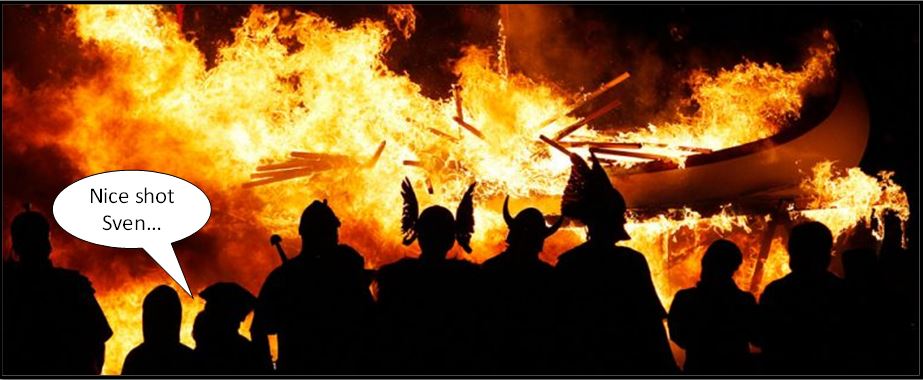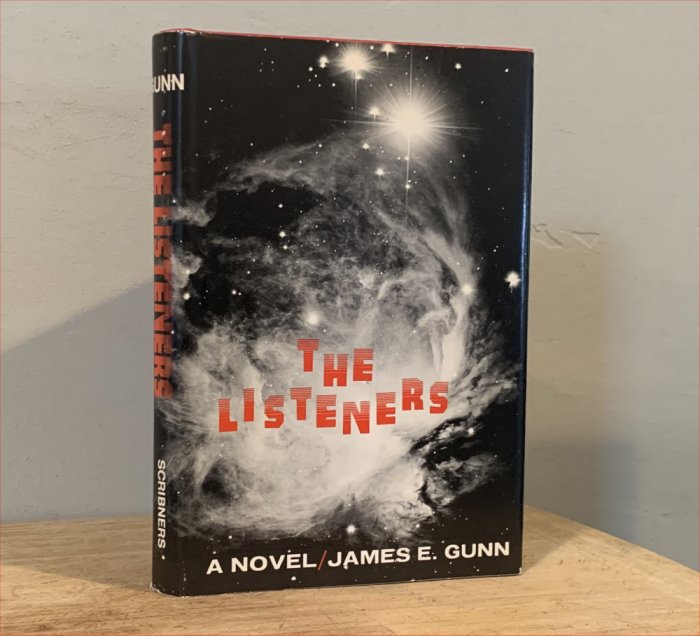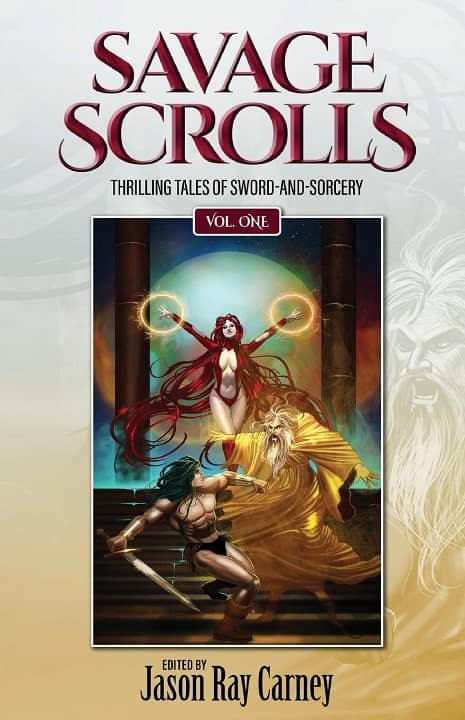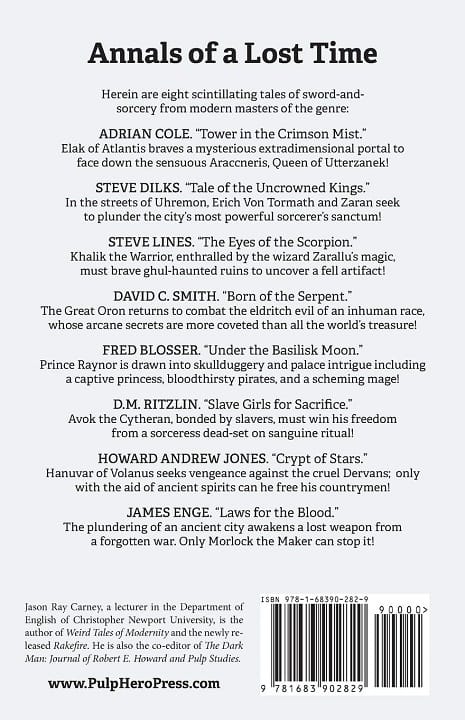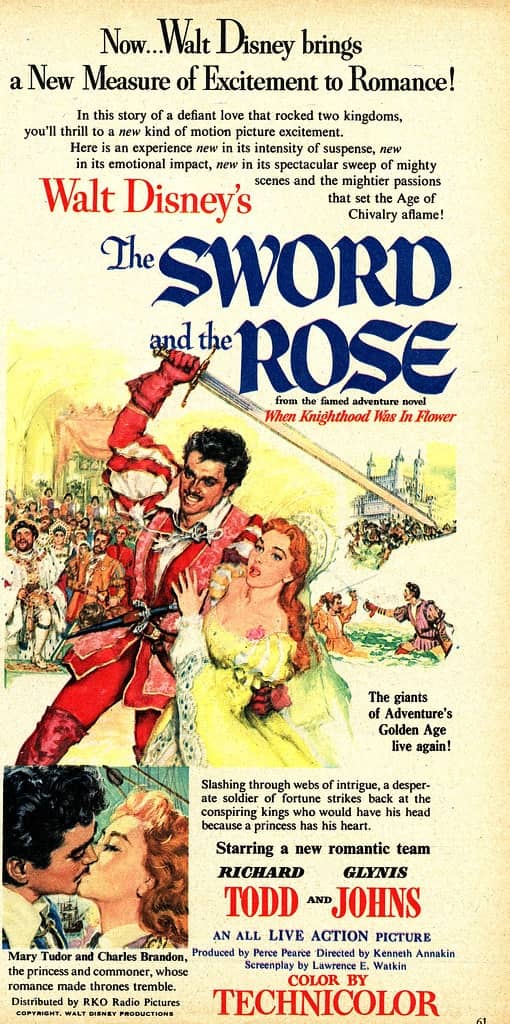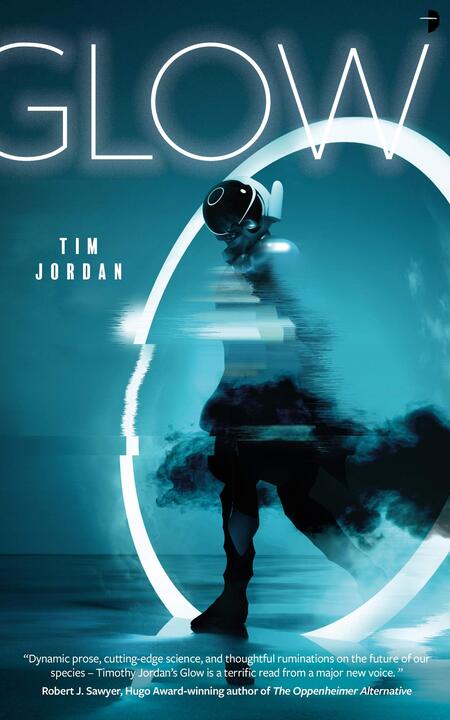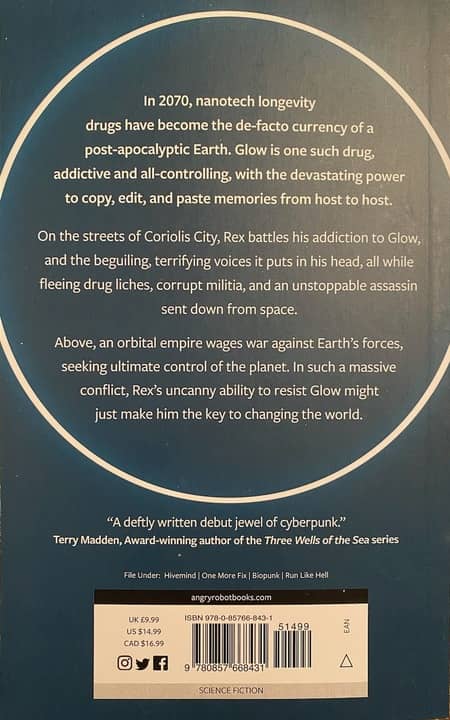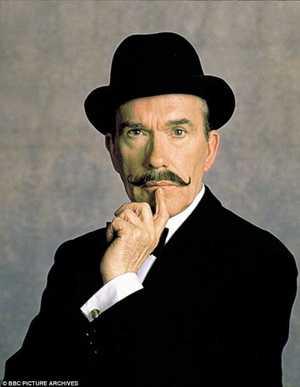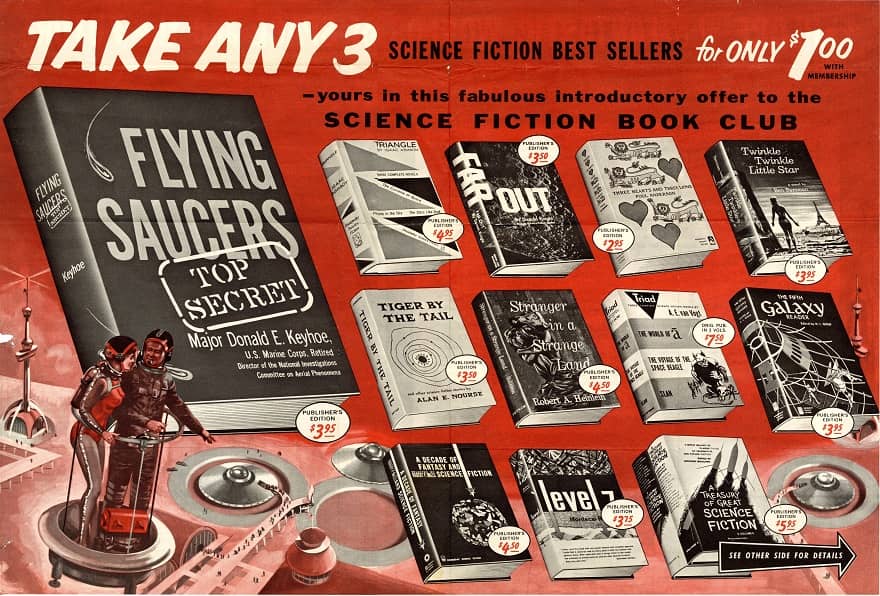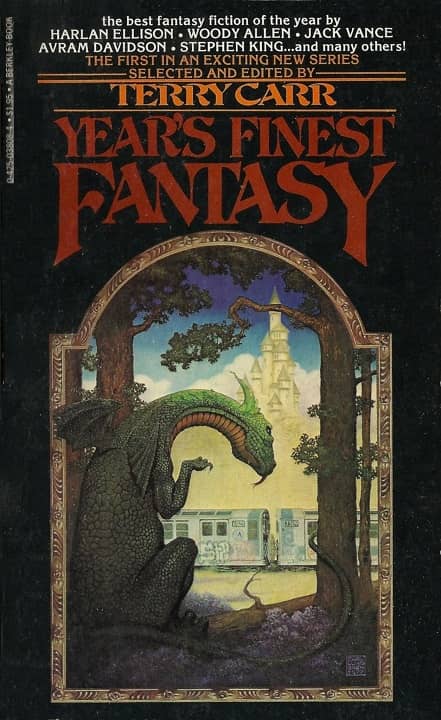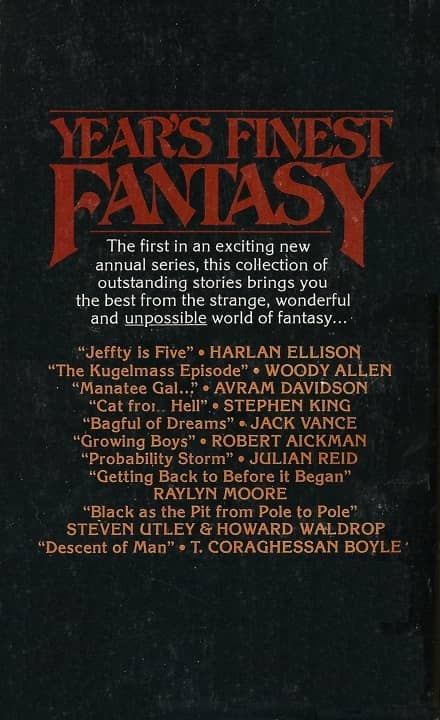Future Treasures: Voyagers: Twelve Journeys through Space and Time by Robert Silverberg
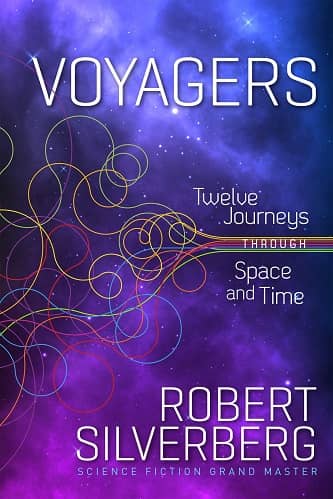 Robert Silverberg is a Science Fiction Grand Master, a living legend of SF, and one of the most prolific and widely respected genre writers of the 20th Century. And here he is, 21 years into the 21st Century, still producing important books that command our attention.
Robert Silverberg is a Science Fiction Grand Master, a living legend of SF, and one of the most prolific and widely respected genre writers of the 20th Century. And here he is, 21 years into the 21st Century, still producing important books that command our attention.
Is Voyagers: Twelve Journeys through Space and Time an important book? Sure looks like it to me. It is, according to my count, his 50th collection, appearing almost exactly 60 years after his first, Next Stop the Stars, was published in 1962. It contains a dozen of his most celebrated stories, including tales of Spanish conquistadores who find the Fountain of Youth, a tourist in Mexico who makes a startling discovery, and spacefarers who find a nightmare world.
If you’re not familiar with Silverberg, this may be one of the most important and rewarding purchases you make this year. And if you are, you already know it’s an essential buy. It arrives in trade paperback from Three Rooms Press in two weeks. Here’s an excerpt from the enthusiastic Publisher’s Weekly review.
SFWA Grand Master Silverberg brings together 12 tension-filled speculative stories from throughout his long career in this impressive collection. Silverberg’s adventurous and melancholy tales are united in taking characters to vividly detailed settings, including a grisly ancient Egyptian embalming market in “Thebes of the Hundred Gates”; a “nightmare world” of “gaudy monsters” called Sidri Akrak in “Travelers”; and even the microscopic space between electrons in “Chip Runner.” Exploring themes of death and identity, the stories range from the bittersweet to the truly tragic, yet the collection never feels grim. These timeless topics also mean that even the decades-old stories still resonate… Readers will be won over by the immersive worldbuilding and clever plot twists of these thought-provoking stories.
Voyagers: Twelve Journeys through Space and Time will be published by Three Rooms Press on April 20, 2021. It is 448 pages, priced at $16 in trade paperback and $9.81 in digital formats. Get all the details at the publisher’s website.
See all our recent coverage of the best upcoming SF and fantasy here.
